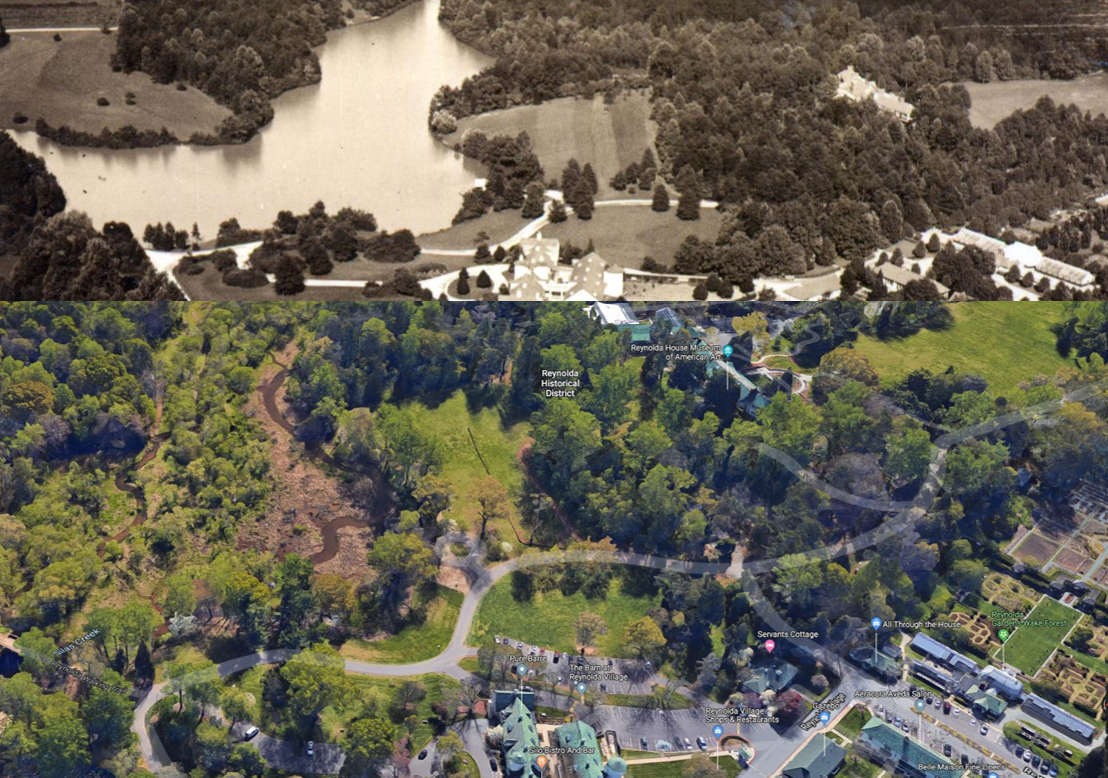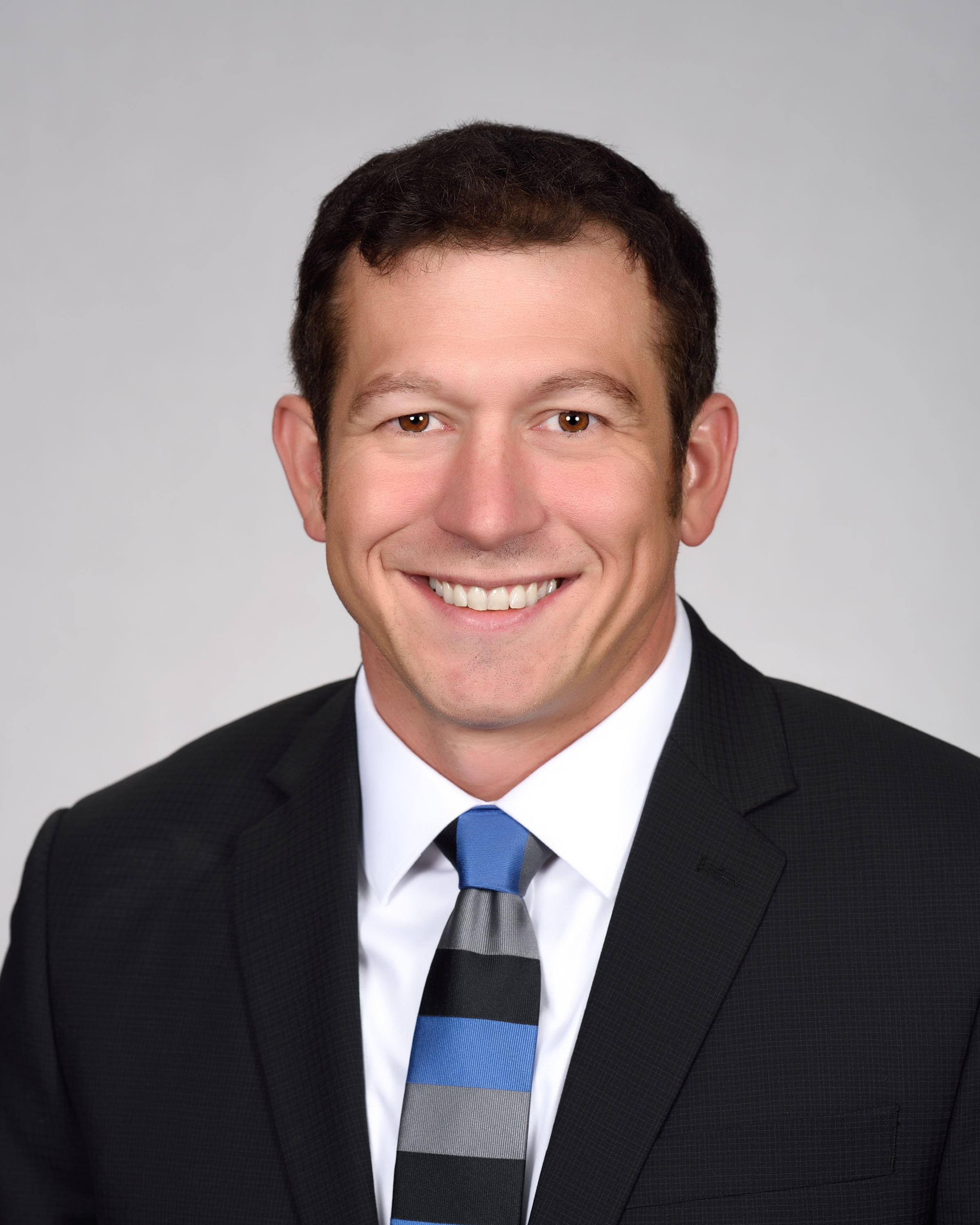
Courtney Di Vittorio, PhD, PE
Dr. Courtney Di Vittorio is an Assistant Professor at Wake Forest University in the Engineering Department.
divittoc@wfu.edu
With increasing developement comes increasing impervious surfaces, and an increased amount of runoff from storm events. Hydrologists and water resources engineers are tasked with assessing the social, economic, and environmental impacts associated with development to provide recommendations on stormwater infrastructure designs. Performing a pre and post development hydrologic analysis of a watershed provides metrics of watershed change that inform safe, sustainable, and economic engineering designs.
In this module, you will use a standard industry software called PCSWMM to perform a pre/post-development analysis of a watershed and to design stormwater controls that can reduce runoff and improve water quality. You will apply PCSWMM to delineate a watershed, develop land use/land cover maps, extract hydrologic parameters from these maps, parameterize and run the SWMM hydrologic model, size a stormwater detention pond, implement "green" stormwater controls, and analyze the present your results for alternative scenarios. The knowledge and skills you will gain through this course can be applied anywhere, but in the learning activities you will focus on a specific location, the Wake Forest University (WFU) Campus. The course is divided into three sections that are described further on the next page.
Watersed delineation, land cover/land use classification, hydrologic modeling, design storms, parameter sensitivity analysis, flood control measures, stormwater runoff treatment
We assume that the students have already been exposed to the fundamental theory of hydrologic processes and runoff generation. For a more comprehensive introduction to the fundamental concepts, we suggest that the students first complete the Hydrologic Design of a Storm Detention Basin: Beau Bassin Watershed, LA module (Habib, E. 2020), up until the HEC-HMS modeling section.
At the end of this module, students will be able to: delineate a watershed area using topographic data and satellite imagery, define watershed parameters using land cover/land use maps, soil information, and empirical tables, describe the SWMM hydrologic model framework, develop a run a SWMM model within PCSWMM, perform a pre and post development runoff analysis, size a detention basin using model outputs, and design stomrwater quality controls
This will be accomplished through activities within each section. Results from each activity will be recorded in specified results templates. The results templates for each activity can be found at the beginning of each activity. The results templates are organized such that results from one activity can easily be used in successive activities.

Dr. Courtney Di Vittorio is an Assistant Professor at Wake Forest University in the Engineering Department.
divittoc@wfu.edu
Mr. Damien Di Vittorio is a professional engineer with Columbia Engineering, with experience in stormwater infrastructure design and modeling.
ddivittorio@columbia-engineering.com
Dr. Zuhdi Aljobeh is an Associate Professor of Civil Engineering at Valpariso University and is also a liscensed professional engineer.
zuhdi.aljobeh@valpo.eduThis module can be implemented in stages throughout an introductory college-level course in hydrology, or it could be assigned as a final project. We assume that the students have already been exposed to the fundamental theory of hydrologic processes and runoff generation. For a more comprehensive introduction to the fundamental concepts, we suggest that the students first complete the Hydrologic Design of a Storm Detention Basin: Beau Bassin Watershed, LA module (Habib, E. 2020), up until the HEC-HMS modeling section. Parts of the Beau Bassin module were adapted to the WFU watershed in the Hydrologic Design of Stormwater Detention Basin: Wake Forest Watershed module.
To complete this module, the instructor and students will need to apply for a University Grant to obtain access to the PCSWMM software. After submitting the application, the instructor will receive the required number of 1-year licenses that will allow both students and the instructor to download the software for free. This software is compatible with PC computers, but most universities offer virtual machine software for students to run PCSWMM on a MAC, such as VMware Fusion.
This course is available for export by clicking the "Export Link" at the top right of this page. If you are an Instructor seeking the answer keys, please contact the course creators using your official University email account.
The developers of this module estimate that it should take students approximately 20 hrs to complete this module.
Aljobeh, Z., Di Vittorio, C., Di Vittorio, D. (2020). Introduction to Hydrologic Design in PCSWMM. HydroLearn. https://edx.hydrolearn.org/courses/course-v1:Wake_Forest_Columbia_Engineering_Valparaiso_University+EGR324+2020/about